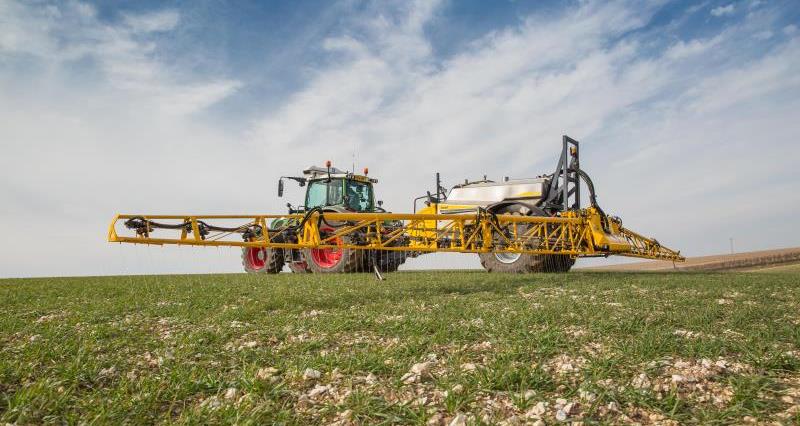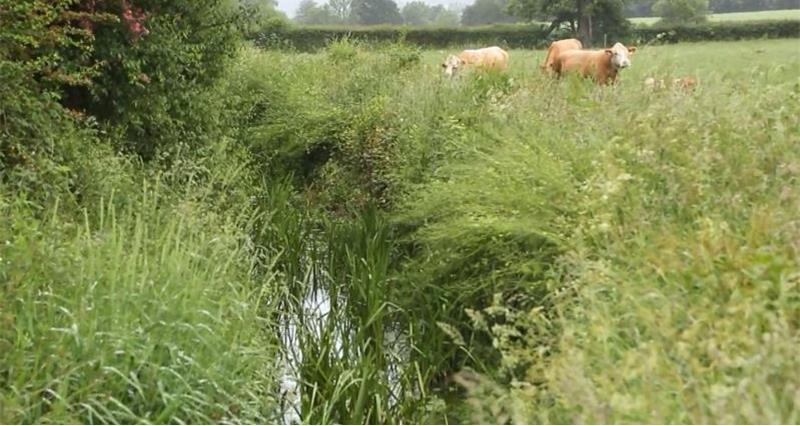What can I do?
There are several things you can do when applying pesticides to protect watercourses:
- Establish at least a 6m grass buffer strip or 5m no-spray zone adjacent to any watercourse - see the information on grass buffer strips below.
- Do not spray if ground is waterlogged or frozen.
- Do not apply pesticides if heavy rain is expected within 48 hours of application.
- Avoid conditions where spray drift can occur - use nozzles and a spray quality which reduce drift.
- Do not overspray buffer zones and watercourses.
- Spray headlands last to avoid driving over sprayed area and picking up mud and pesticides on tyres.
- Spray tank washings on to the crop or target area.
- Wash the outside of the sprayer before leaving the field.
- Clean mud from tyres before leaving the field, keep tyres as mud‑free as possible, as mud on tyres can carry pesticides out of the field.
- Ensure all cleaning activities take place away from watercourses.
- At the end of the day park the sprayer under cover.
Pesticide-specific advice is available in Water Protection Advice Sheets.
Grass buffer strips
Grass buffer strips can reduce surface run-off losses of pesticide by at least half.
Grass buffer strips should be a minimum of 6m wide measured from the top of the watercourse bank. The wider, the better. Fields with slopes of more than 5% or with long runs to the field edge may need buffers of up to 20m or more. Get more guidance on establishing a grass buffer strip.
You could also consider planting a winter cover crop on land left fallow over winter, which can prevent pollutants reaching watercourses as well as reducing nitrate leaching and soil erosion.

